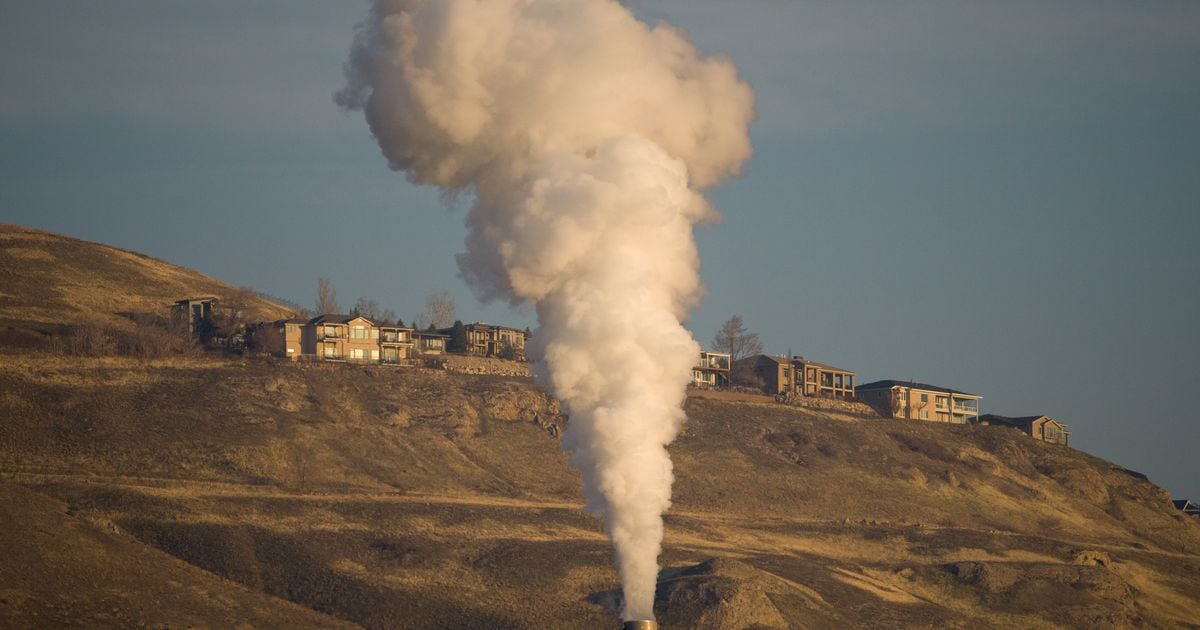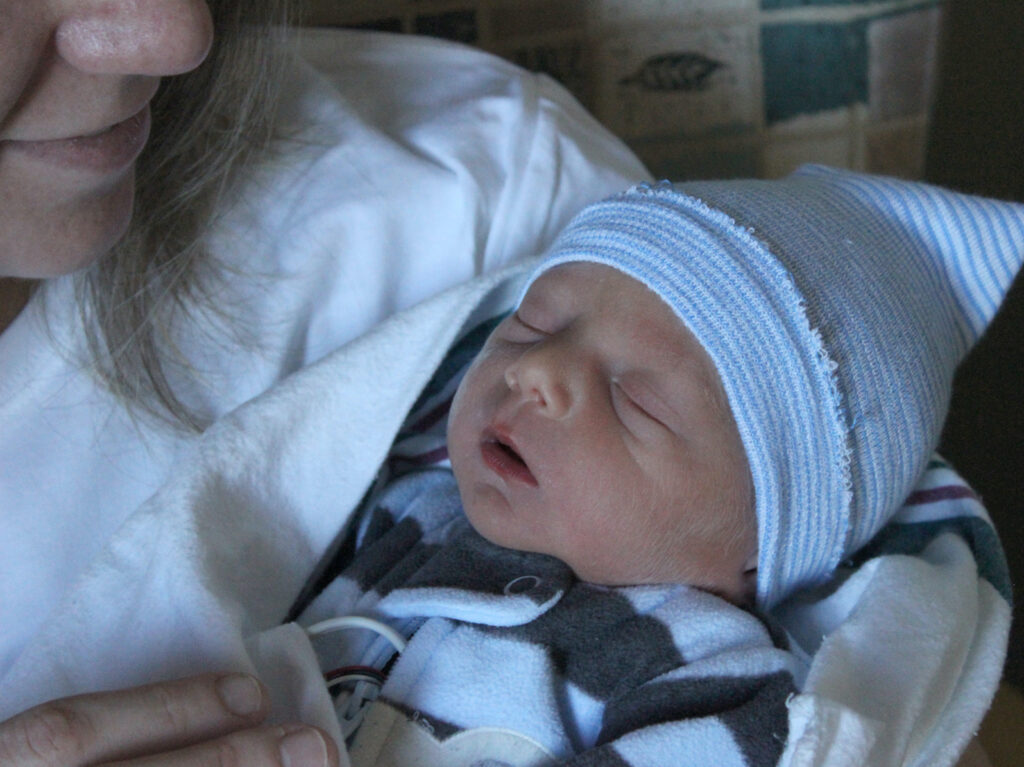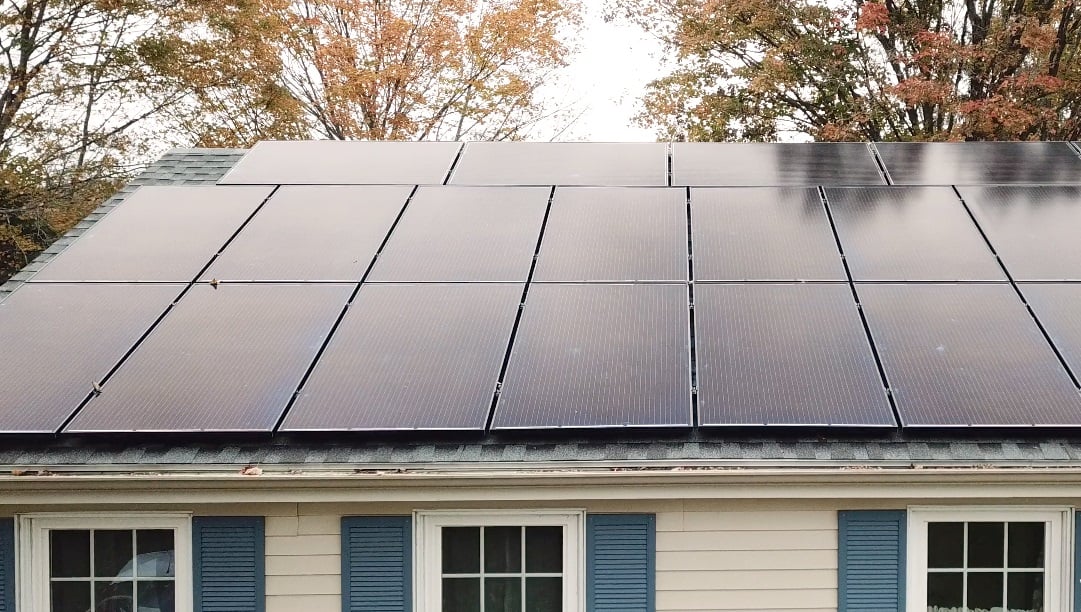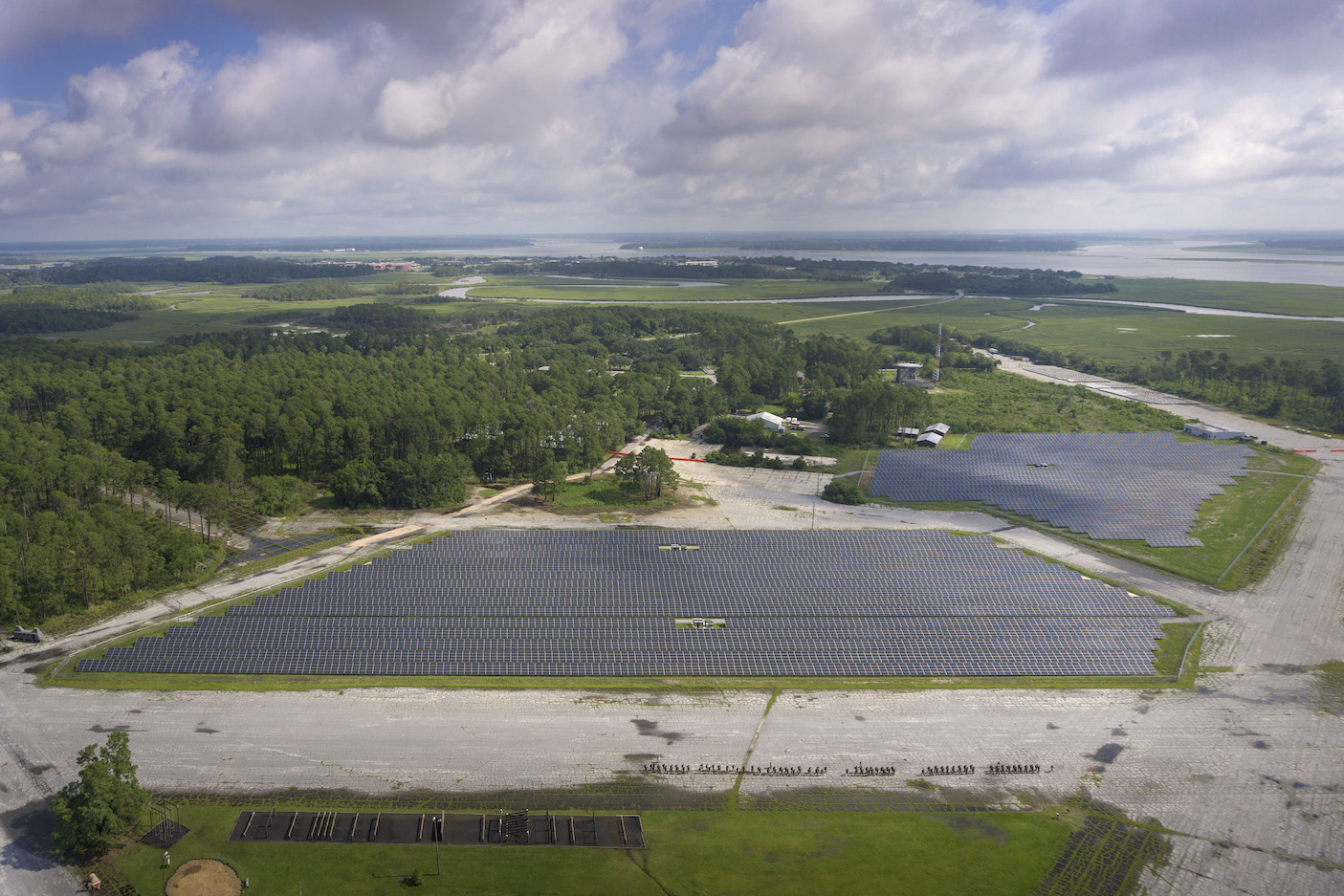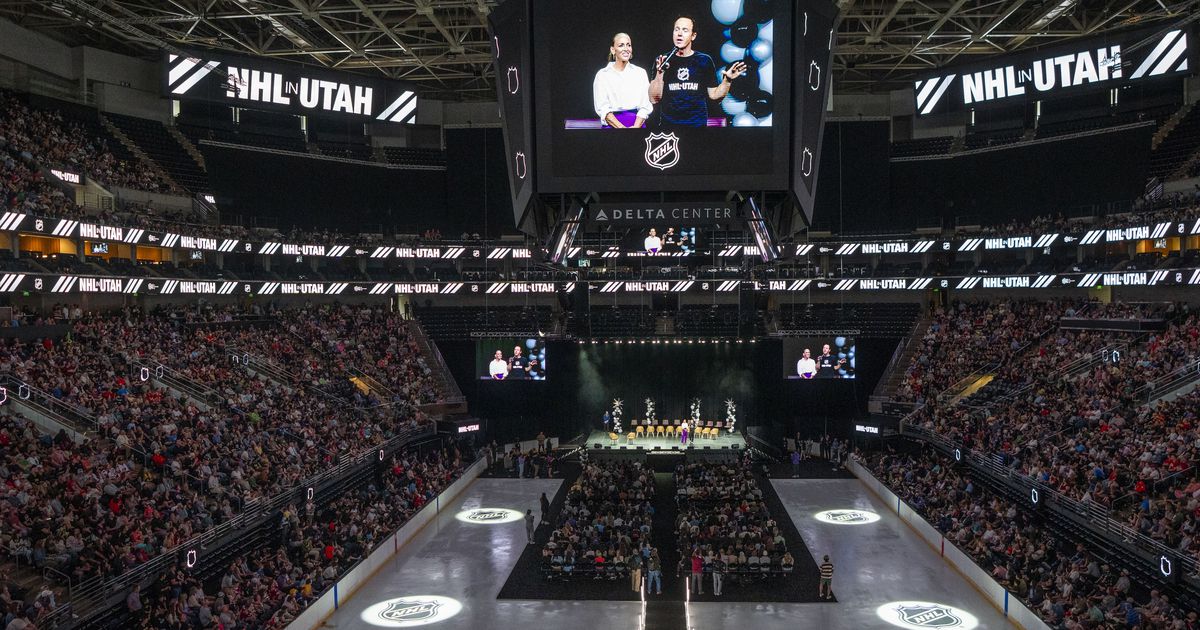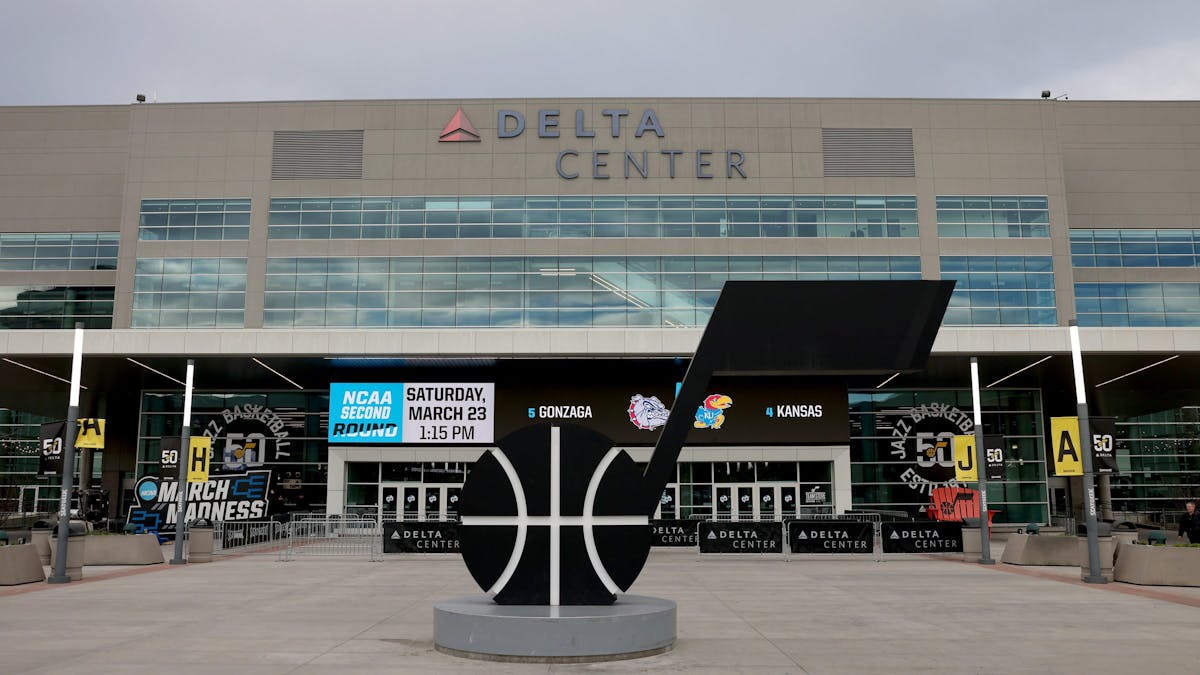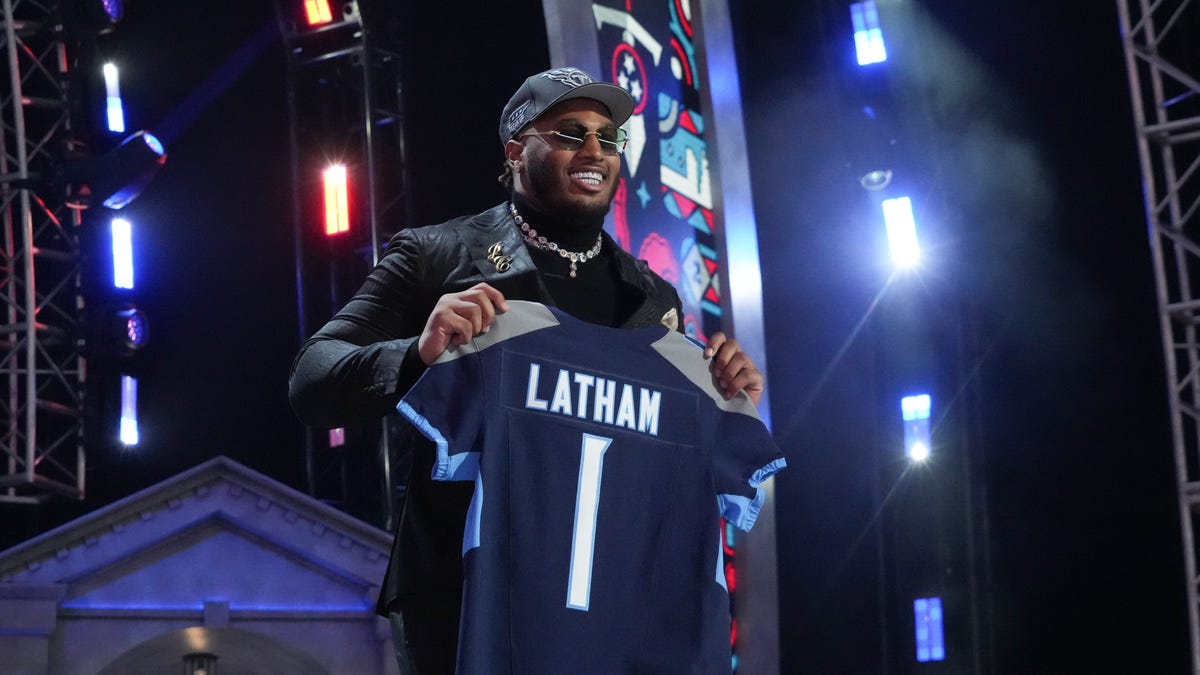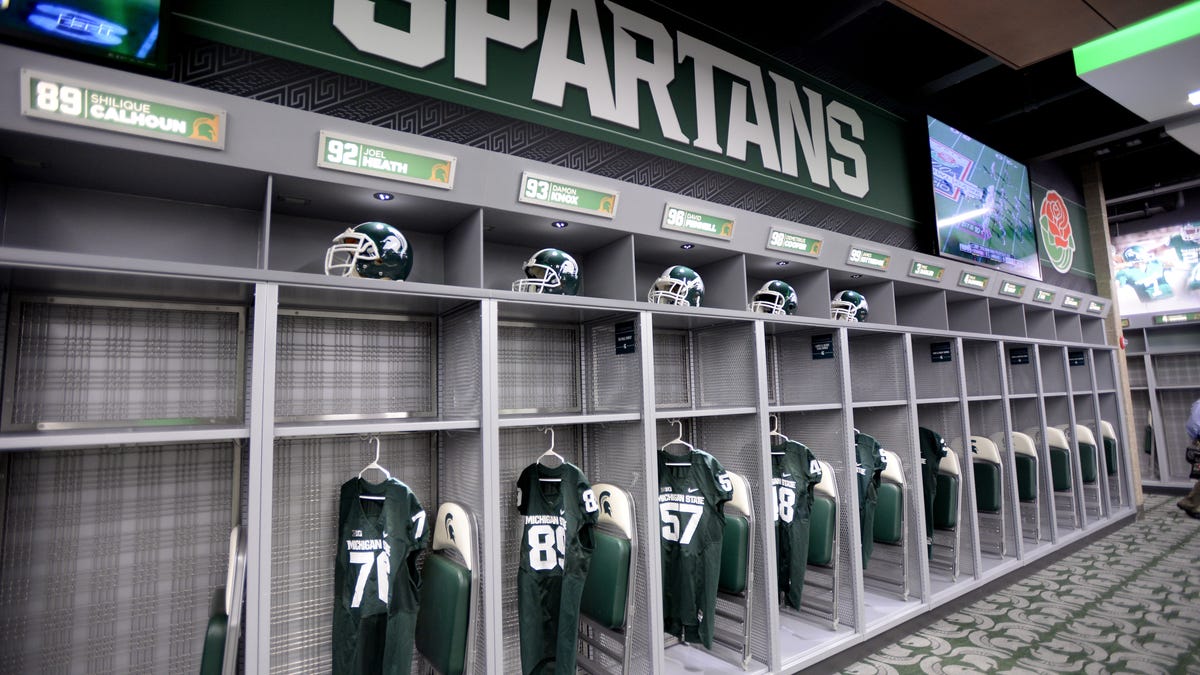What’s your carbon footprint? It varies widely depending on where and how you live. But if you’re an average Utahn, you’re on the high end.
According to 2021 data from the federal Energy Information Agency, Utah ranked 29th among states for the total carbon dioxide emissions from energy. (It does not include agricultural emissions.)
The Beehive State’s ranking rises to 19th when compared on a per capita basis. On average, each person in Utah generates more than 18 tons of carbon dioxide annually.
That is about 3½ tons more than the average American, and 10 tons more than the average Californian.
(Christopher Cherrington | The Salt Lake Tribune)
And while the U.S. carbon footprint has declined in recent years, Americans are still among the top carbon generators in the world.
According to data from the World Resources Institute, Americans were generating 13.03 tons of carbon per person in 2020, putting them in 10th place among nations. Those higher on the list were all heavy petroleum producers, including the Persian Gulf states, Australia and Canada. The worldwide average that year was 4.29 tons per person.
Up there with Persian Gulf states
And if Utah were a country, it would rank sixth on that list, coming in between the United Arab Emirates and Oman.
An excess of carbon dioxide in the atmosphere stops radiation from escaping, putting the planet’s temperature out of balance. Human-generated carbon dioxide is the major contributor to climate change, leading to extreme weather, forest fires, rising sea levels, species loss and other calamities. Most carbon dioxide emissions come from burning fossil fuels.
All three West Coast states come in near the bottom of the list for per capita carbon emissions. Washington is 44th with 9.45 tons. Oregon is 45th with 9.09 tons, and California is 48th with 8.3 tons of carbon dioxide per person annually.
The Northwest states started with a built-in advantage: lots of hydropower. And many Californians live in mild weather that requires less heating and cooling. The Golden State also has been at the forefront of clean energy policy, putting both carrots and sticks into laws to encourage clean energy and discourage fossil fuels.
Lazarus Adua, an associate professor of sociology at the University of Utah whose research focus is the human dimensions of energy, points to three sources of Utah’s carbon footprint: coal-powered electricity, a lack of adequate mass transit and a penchant for large vehicles.
“Although gasoline prices in Utah are not among the cheapest in the country, they are affordable enough to enable more driving in larger vehicles,” Adua said. “If you live in California, where it costs so much to fill up the tank, you would probably be more circumspect about your driving habit and the type of vehicle you would be interested in owning.”
Wyoming is U.S. carbon king
Wyoming, which produces 40% of the nation’s coal, is at the top of the U.S. list with a whopping 93.5 tons per person in 2021. Other Western states ahead of Utah are Alaska (53 tons), Montana (25.2 tons) and New Mexico (21.7 tons).
Utah produces all three of the major fossil fuels: petroleum, natural gas and coal. It also consumes all three in roughly equal amounts, with petroleum fueling cars and trucks, natural gas heating buildings and fueling industry, and coal and natural gas powering electricity.
The most carbon-intensive fossil fuel is coal, and Utah burns coal for electricity more than most states. In the recent legislative session, Utah doubled down on coal, passing bills aimed at extending the life of its coal-fired power plants.
Legislators are betting that the transition to clean power has been too ambitious, and other states that have moved away from coal will be forced to buy Utah’s coal power at a premium in a few years. That, however, remains to be seen.
Slow to renewables
In the meantime, Utah has lagged behind other Western states in getting its power from renewable sources.
(Christopher Cherrington | The Salt Lake Tribune)
Data from the nonprofit Yale Climate Connections shows that Utah is last among its neighbors, getting only 11% of its power from renewables. Even Wyoming had 22%, largely due to the wind energy that has been captured there.
Notably, that study just looked at renewable energy produced and consumed in the state. That excludes much of the renewable power in southwestern Utah from wind and solar farms that is contracted to California utilities because they are willing to pay more.
Right now, there isn’t a strong financial incentive to reduce carbon emissions, but that could change. The idea of a tax or fee on carbon emissions still draws bipartisan attention in Washington, D.C., and that would add costs for the average Utahn.
‘Storage is the future’
Utahns in the clean energy industry see missed opportunity.
“Utah’s energy mix could be so much more diverse. We have incredible untapped solar, wind and geothermal energy. When coupled with battery storage, they can provide a reliable and affordable energy mix that would be the envy of the West,” said Sarah Wright, CEO of the nonprofit advocacy group Utah Clean Energy.
“We need to think about the future, and energy storage is the future,” said Tyler Hortin, CEO of Lehi-based Lion Energy, which sells lithium batteries of all sizes, including utility-scale batteries.
Hortin acknowledged that production capacity for batteries is still ramping up, including a new “gigafactory” in Tucson, Ariz., that will produce batteries for Lion to sell. He discounts concerns about having enough raw materials. “The price of lithium has never been cheaper than it is right now, and it keeps going down.”
Editor’s note • This story is available to Salt Lake Tribune subscribers only. Thank you for supporting local journalism.

